Most Varroa induced colony losses occur during the autumn or winter season as a consequence of an elevated Varroa infestation level and an insufficient health status of the adult bees. Even with an initial low Varroa infestation in early spring, critical mite and virus infection levels can be reached before winter if colonies continuously rear brood throughout the whole season. To overcome this challenge, beekeepers can artificially interrupt brood production by suitable management procedures, depending on their type of beekeeping operation. To assess their efficacy, associated workload, and impact on colony development, different methods for brood interruption (queen caging with the combination of oxalic acid treatment, total brood removal, trapping comb technique) were tested during two seasons in 11 locations on 370 colonies in 10 European countries. A protocol was developed to standardize the methods’ application across different environmental conditions. The efficacy of queen caging depended on the mode of oxalic acid application and ranged from 48.16% to 89.57% mite removal. The highest efficacies were achieved with trickling a 4.2% solution (89.57%) and with the sublimation of 2 g of oxalic acid (average of 88.25%) in the broodless period. The efficacy of the purely biotechnical, chemical-free trapping comb and brood removal methods did not differ significantly from the queen caging groups. We conclude that a proper application of one of the described brood interruption methods can significantly contribute to an efficient Varroa control and to the production of honey bee products meeting the highest quality and food-safety standards.
Full article available at:
https://www.tandfonline.com/doi/full/10.1080/00218839.2020.1793278










